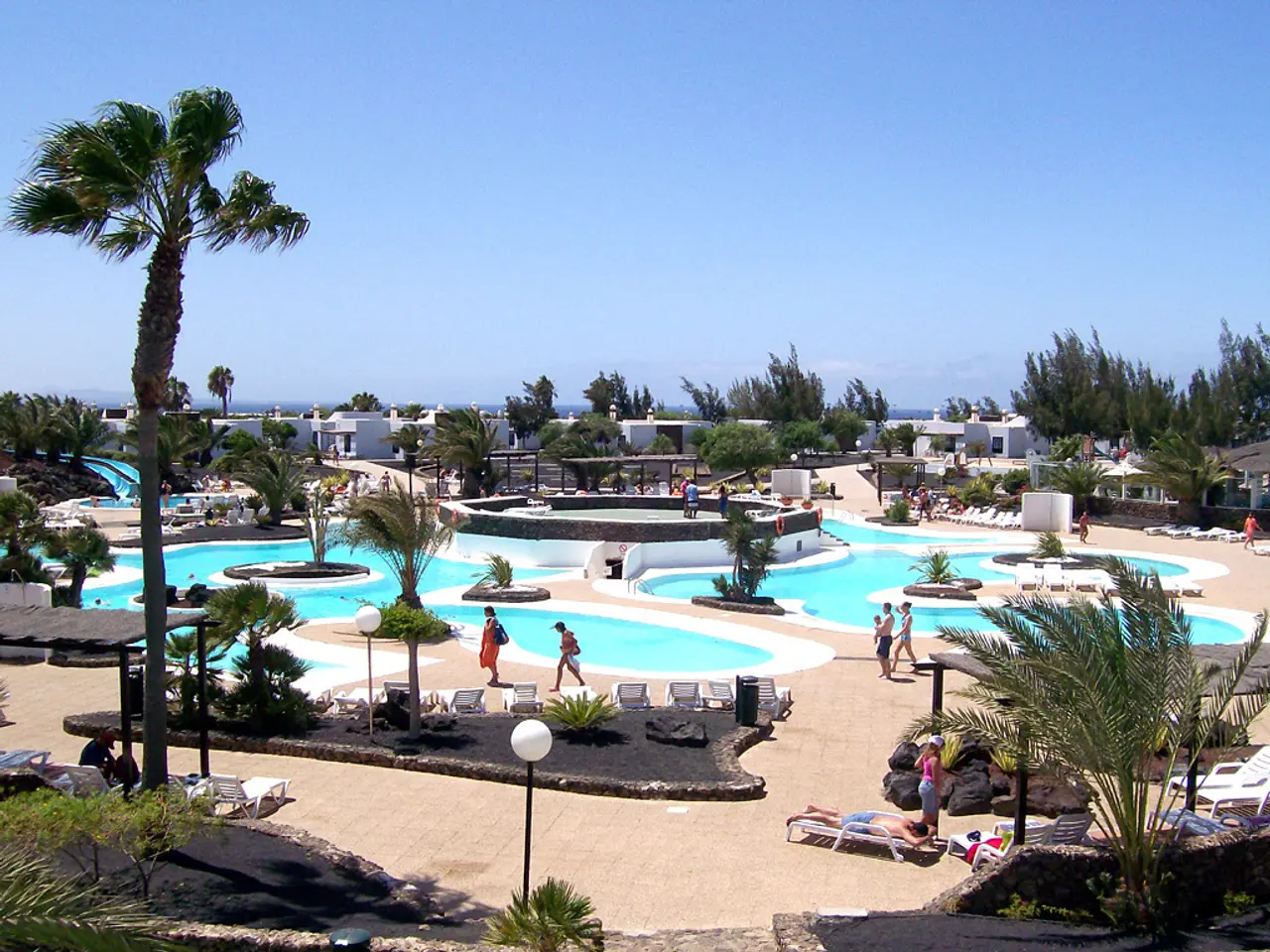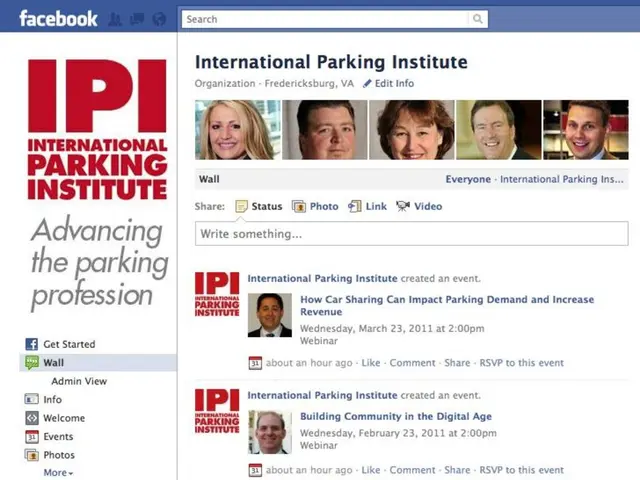Gulf Cooperation Council Embraces Health-focused Tourism Industry
In the heart of the Gulf Cooperation Council (GCC), a transformative shift is underway. The region, traditionally known for its oil wealth, is now making a significant foray into the health and wellness industry. This metamorphosis can be seen as an import substitution strategy, keeping money within the country by partnering with foreign investors.
One of the most ambitious projects on the horizon is Therme Dubai, set to open in 2028. With a price tag of over $500 million, it will become the world's tallest wellness center. This architectural marvel will feature an indoor botanical garden, waterfalls, a water park, and spa facilities inspired by ancient traditions.
The wellness market in Saudi Arabia alone is valued at a staggering $19.8 billion, with wellness tourism growing at an annual rate of 66%. This growth is mirrored in Qatar, where Zulal Wellness Resort by Chiva-Som aims to become "the region's first family-wellness offering" and the first full-immersion resort in the Middle East, founded on traditional Arabic and Islamic medicine (TAIM).
Oman is also joining the wellness tourism bandwagon, developing coastal, mountain, and thermal spring attractions. The focus is on "quiet luxury" and "authenticity" to attract eco-conscious wellness tourists.
The wellness travel market is divided into two segments: "softcare" and "hardcare". Most GCC countries are investing in both, catering to the needs of high-end locals who would previously have travelled abroad for high-quality treatment. State-of-the-art centers, such as SHA Emirates, an outpost of the Spanish wellness clinic, are scheduled to open, offering a combination of clinical care and mindful living.
Ambitious national development programs, such as Saudi Arabia's Vision 2030, the UAE's Vision 2031, and Qatar's National Vision 2030, are driving this growth in wellness tourism. These visionary plans are expected to contribute significantly to job creation and investment. For instance, the HELM Abu Dhabi cluster alone is projected to create 30,000 new jobs and bring in $11.5 billion in investment by 2045.
The GCC wellness tourism market is expected to grow at a compound annual growth rate (CAGR) of around 17%, reaching $1.4 trillion by 2027. The Middle East, including the GCC, is the fastest growing region for wellness tourism spending.
However, it's not just the elite who are benefiting from this wellness revolution. The wellness economy may be spreading to average GCC citizens, with locals and resident expatriates packing newly opened fitness clubs. Dubai and Abu Dhabi lead the region in "hardcare", with Dubai inaugurating a Longevity Hub by Clinique La Prairie and Abu Dhabi launching the HELM Abu Dhabi cluster, a hub for research and development in health, endurance, longevity, and medicine.
Despite this promising growth, it's important to note that the GCC (Gulf Cooperation Council) countries, along with the rest of the Middle East and North Africa, are projected to lead the world in youth obesity by 2050. This underscores the need for continued efforts to promote health and wellness beyond tourism.
In conclusion, the GCC is witnessing a remarkable shift towards a healthier and more sustainable future. With ambitious projects, strategic investments, and a focus on authenticity and luxury, the region is set to become a global hub for wellness tourism.








